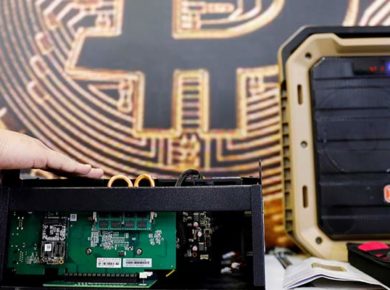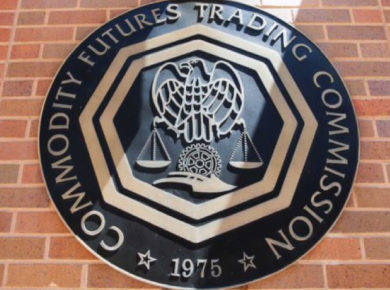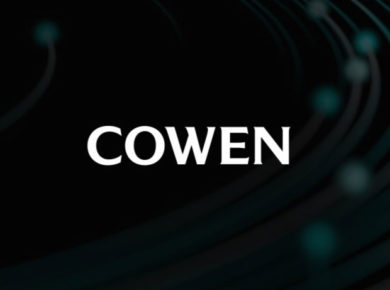Whiteblock, a blockchain testing company based in Los Angeles, has released a detailed report on EOS. It concludes that EOS would need to be significantly redesigned if it is ever to function as the world computer that it wants to be.
It should be noted that the study was commissioned by ConsenSys, a firm which exists only to promote Ethereum, which is a competitor to EOS.
Join the iFX EXPO Asia and discover your gateway to the Asian Markets
$4 billion
As Finance Magnates has covered in the past, EOS has many features which contradict its claim of being democratic and decentralised. The main issue is that transactions on the network are all validated by only 21 nodes.
In addition to this, numerous technical problems have dogged the system – not ideal for a company that raised $4 billion in crowdfunding before it even opened.
Distributed database system
To begin with the most damning thing – Whiteblock says that EOS is not, in fact, a blockchain-base network at all. Its operations are more similar to a ‘distributed database system’.
With Ethereum, actions performed through smart contracts are cryptographically validated and indelibly recorded on the blockchain by way of actually chaning the blockchain’s state. In contrast to this, EOS transactions do not result in state changes on the blockchain, only on the database recorded upon it.
EOS’s main aim is to be a better version of Ethereum, that is, capable of handling far more transactions per second. However, Whiteblock found that EOS “does not alleviate congestion, though rather circumvents it.”
Moreover, it discovered that while EOS does exceed the 15 transactions per second rate currently available on Ethereum: “…the transaction throughput in the system does not exceed 250 TPS even in optimal settings… During tests with real world conditions … performance dropped below 50 TPS putting the system in close proximity to the performance that exists in Ethereum.”
Concentration of power
The report focuses a lot on the 21 block producers. In a classic proof-of-work blockchain system, such as Ethereum, all transactions are recorded on the distributed ledger and visible to all nodes. With EOS, the 21 do this. These nodes are voted in by users who have staked a certain amount of tokens.
Finance Magnates has discussed in the past that these block producers are all major companies that ran publicity campaigns to achieve votes. Whiteblock found that the capacity for corruption in the system goes deep.
The block producers are responsible for hosting, delivering, and managing “most of the resources consumed by the clients.”
Firstly, these nodes earn approximately $10,000 daily for their work, and there is nothing to stop them from working together – “there is no way to algorithmically prevent the formation of cartels” – or from opening new accounts/paying users to vote for them. Since voter turnout in the system is very low, “those who do vote are more than likely aligned with a particular block producer.”
Block producers are also empowered to blacklist users. They must all agree on such a decision before it is reached, but the information is not broadcast. This leads to two different vulnerabilities:
1. If the block producers are working together, they can agree to blacklist users that do not vote for them.
2. If the block producers are not working together, malicious parties can create new accounts much faster than it takes for a consensus to be reached between the block producers.
A network of non transparent data centres
Financially, the report found that while it is “against the EOS constitution for a member to hold more than 10% of the token supply”, this rule cannot be enforced ” as one member could control multiple accounts.”
In conclusion, Whiteblock describes EOS as “a network of non transparent data centers” and suggests that it redesign “a significant portion of its infrastructure” if it wants to “successfully act as a foundational base layer protocol”.
EOS responded to all these claims here.











